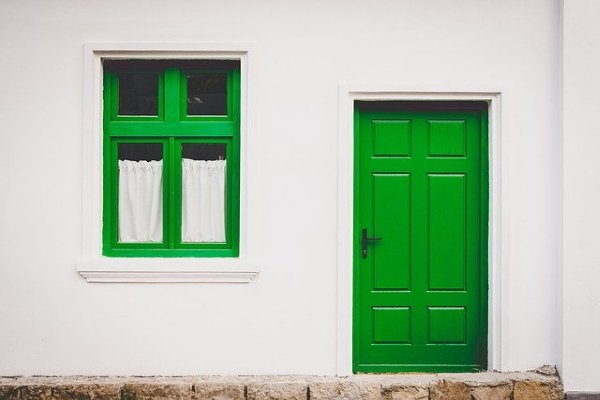
Most homeowners in Littleton, CO, are concerned about their roof's situation to prevent leaks and possibly expensive problems in the future. However, the majority are now recognizing insulation problems. Many believe it to originate from their roof's poor condition.
However, if you've previously had roofing inspections with the help of professional Littleton, CO roofers, you won't need to worry about your roof. Your internal property insulation is another matter altogether, though. To improve its insulation and drive down your utility costs, follow these three steps.
Sealing caulk is available from your local hardware store, and they always have a steady supply. You can find drafts that enter your home and take note of their locations. Next, apply sealing caulk to make these gaps air and watertight. Furthermore, you prevent the slow damage to your property's walls by sealing it with caulk and introducing better insulation.
Over time, window screens and glass loosen because their splines are weak. You can use rubber strips and foam screen splines to prevent window damage while improving your property's insulation. In doing so, you upgrade your Littleton, CO home's insulation, and immensely drive down utility costs. Most hardware suppliers have a steady supply of rubber strips and foam splines.
Soft rods are foam-based materials that introduce a closed or open-cell foam. Open-cell foam is useful when you want to fill in wall gaps. Furthermore, they work in conjunction with caulks, minimizing the latter's use because of their significant space-filling advantage.
Build It has a great list of steps you can follow if you want to upgrade your property's overall insulation. You can always contact Roper Roofing for the best roof-improving insulation, repairs, and other services you need. Contact us today!
1. The roof
Heat rises, so a great deal of energy can be lost through an untreated attic void. If your home has a pitched roof and a flat ceiling below, leaving you with an unoccupied loft, it should be simple, cheap and cost-effective to add insulation.
Typically, you’ll be aiming to incorporate 270mm of mineral wool tucked between (and possibly over) the joists. There are a few things to bear in mind, however:
- Don’t make the common mistake of forgetting to insulate the loft hatch.
- Never block the eaves – in most cases, these need to be kept clear to allow for adequate ventilation and thus prevent condensation.
- The loft void will move outside of the house’s thermal envelope, so you may need to insulate round cold water tanks to prevent freezing.
A little insulation goes a long way, whereas it takes a lot to do a little more work. It might not be worth topping up if, say, you already have 150mm of mineral wool.
You may want to consider other products, such as sheep’s wool for its natural sustainability or options such as blown cellulose if the space is difficult to access.
If the roof has already been converted to offer living space, any thermal top-up would need to be integrated into the sloping ceilings – which can present more of a challenge. In most retrofits, insulation is added between the rafters, but it will be necessary to leave an air gap above this to allow for sufficient cross-ventilation.
You can complement this with a layer below the rafters, but this will of course reduce head height. To minimise this effect, high-performance rigid foam insulation is normally used here.
2. Ground floors
Solid ground floors are difficult – and sometimes impossible – to insulate. It’s not usually cost-effective to dig them out and add thermal protection beneath them, while adding insulation over the top will raise the floor level and is likely to cause issues at doorways and staircases. Instead, consider investing in a good quality underlay, which will do an effective job in most cases. (Continued)